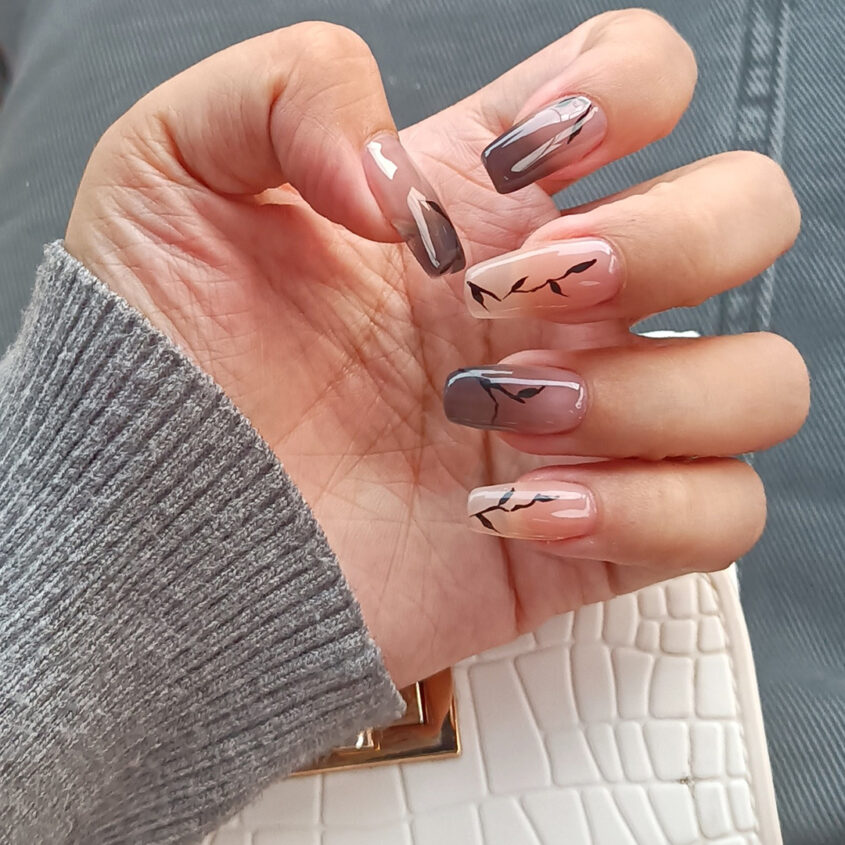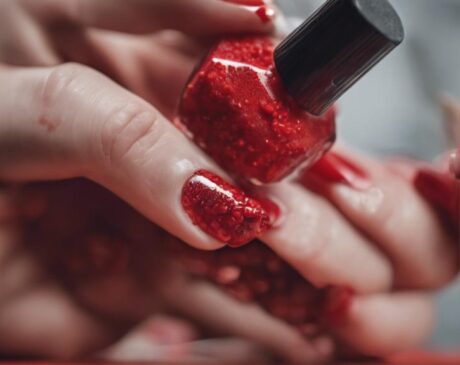Is Liquid Nails good for shower?

The choice of adhesive plays a vital role when it comes to home repairs and renovations. Liquid Nails is one such adhesive, popular for its strength and versatility. This article takes an in-depth look at the suitability of liquid nails for shower installations, examining their ingredients, types, benefits and potential drawbacks.
Understanding Liquid Nails
Liquid Nails Ingredients and Properties
Liquid Nails is a brand of strong adhesive known for its superior bonding strength. It is usually made up of a combination of solvents, resins, and various compounds that give it its bonding properties. These ingredients work together to form a bond that is not only strong but also flexible, allowing it to withstand a variety of environmental conditions. The ingredients in Liquid Nails make them resistant to heat, cold and moisture, which is crucial for applications in different areas of the home.
Different types of Liquid Nails
The Liquid Nails brand contains a range of products, each formulated for a specific application. It is important to consider this diversity when choosing an adhesive for a specific project.
Adhesives for wet areas
For areas exposed to moisture, such as shower stalls, there are liquid nail products specifically designed for waterproofing. These variants are formulated to maintain their bond strength and integrity even when exposed to water on a regular basis. They are ideal for tasks such as installing shower panels or repairing tiles in wet environments.
Standard adhesives for dry areas
In contrast, standard liquid nail products are better suited for areas that remain dry. These adhesives are perfect for tasks such as fixing baseboards, crown molding, or any other installation where humidity is not a significant factor.
Suitability of Liquid Nails in Shower Installations
Advantages of using liquid nails in the shower
- Bonding Strength: one of the most significant benefits of using Liquid Nails in the shower is its superior bonding strength. It provides a lasting hold by firmly bonding to a variety of materials commonly used in showers, such as tile, plastic and some metals.
- Water Resistant: Specialty liquid nail products are formulated to be water resistant, making them suitable for high-humidity areas such as showers. This water resistance ensures that the bond will not weaken or break down over time due to water exposure.
Disadvantages of using liquid nails in the shower
- Potential Problems with Moisture: although some liquid nail products are water resistant, prolonged exposure to moisture and standing water can eventually damage the adhesive. This is especially concerning in areas that are poorly ventilated or prone to standing water.
- Long-term durability concerns: while liquid nails have strong initial adhesion, there are concerns about their long-term durability in consistently wet environments such as showers. The adhesive may degrade over time, requiring repair or replacement.
Tips for Using Liquid Nails in the Shower
When considering the use of liquid nails for shower installations, proper application is key to ensuring a strong, long-lasting bond. This section provides practical tips for preparing, applying and post-conditioning liquid nail polish in the shower environment.
Surface Preparation and Cleaning
It is vital to thoroughly prepare the surface before applying Liquid Nails. The surface should be clean, dry and free of dirt, grease or old adhesive residue. Use a mild detergent or suitable cleaner to remove dirt or grease, then allow the surface to dry completely. Roughening a smooth surface with sandpaper will improve adhesion. Make sure to remove any loose or flaking material to provide a solid base for the adhesive.
Using Nail Polish in the Shower Environment
When using liquid nail polish in the shower, it is important to apply it in bead form according to the manufacturer’s instructions for the specific product being used. Apply the adhesive to one surface, usually in a zigzag pattern to ensure even coverage. Firmly press the two surfaces together and adjust the adhesive to the correct position before it begins to set. For heavier items, temporary support may be necessary until the adhesive has set.
Drying and Curing Time
Drying and curing times for liquid nail polish may vary depending on the type of product and environmental conditions. Generally, adhesives will dry within a few hours, but may take 24 hours or more to fully cure. During this time, it is important to avoid exposing the adhesive to water or moisture. Check product labels for specific drying and curing times.
Safety Precautions and Ventilation
Using liquid nails requires certain safety precautions. Adhesives contain chemicals that may be harmful if inhaled or in contact with skin. Work in a well-ventilated area, wear gloves, and consider wearing a mask or respirator if working in a confined space. Ensure the area remains well ventilated until fumes have completely dissipated.
Liquid Nail Alternatives for Shower Fixtures
While liquid nails are a popular choice, in some cases, alternative adhesives may be better suited for shower installations.
Comparison with Other Adhesives
Other adhesives such as silicone sealants, urethane adhesives or epoxies can also be used in showers. Silicone sealants are waterproof and flexible, making them ideal for sealing seams and gaps. Urethane adhesives provide a strong bond and are waterproof. Epoxies provide a very strong bond and are resistant to chemicals and heat, but they can be more difficult to use.
When to use other adhesives on liquid nails
The choice of adhesive depends on the specific requirements of the project. Silicone adhesives are best suited for sealing and applications that require flexibility. Urethane adhesives are for projects that require stronger bonds and water resistance. Epoxies are ideal for heavy-duty applications that require maximum strength. When choosing an adhesive, it is important to consider factors such as material compatibility, exposure to water, and environmental conditions in the shower area.
Expert opinion and case studies
The use of water spikes in shower fixtures has long been a topic of discussion among professionals. This section draws on their insights and real-life case studies to provide a comprehensive understanding of product performance in such environments.
Professional Recommendations
Building and home improvement professionals often emphasize the importance of choosing the right adhesive for a particular environment. Many professionals recommend specialty liquid nail products designed for wet areas in the shower. They recommend paying close attention to product specifications and suitability for high-humidity environments. In addition, experts emphasize the importance of proper application techniques, including surface preparation and adequate drying time, to ensure the longevity and effectiveness of the adhesive.
Real-world applications and results
Case studies have shown that applying liquid nail polish in the shower produces different results. In some cases, the adhesives performed very well and provided a durable bond to tiles and fixtures even in persistently wet conditions. However, in some cases, improper use or choosing the wrong type of liquid nail can lead to bond failure and damage over time. These real-world examples emphasize the importance of following manufacturer guidelines and ensuring that products are suitable for use in wet environments.
In conclusion, liquid nail polish can be a viable option for shower fixtures, especially when using formulations designed for wet areas. Their benefits include strong adhesion and water resistance, making them suitable for a variety of applications in the shower environment. However, its effectiveness is highly dependent on proper surface preparation, application and choosing the right type of product. While Liquid Nails offers practical solutions for DIY projects, professional advice or intervention may be required for complex installations.
Frequently Asked Questions
Can Liquid Nails be used on shower tiles?
Yes, Liquid Nails can be used for tiling in shower cubicles, especially when using a formula designed for wet areas. However, it is vital to ensure that you prepare the surface correctly and apply the adhesive according to the manufacturer’s guidelines.
How long does Liquid Nails take to dry in a shower environment?
Drying times can vary, but typically, Liquid Nails will be dry to the touch within a few hours. Full cure may take 24 hours or more, depending on the specific product and environmental conditions. It is important to avoid exposing the adhesive to water until it is fully cured.
Is there a specific type of liquid nail best suited for bathrooms?
Yes, there are liquid nail products formulated for high-humidity environments such as bathrooms. These are designed to provide enhanced water resistance and durability in wet conditions.
Can liquid nails withstand prolonged exposure to water and steam?
Specialty liquid nail products designed for wet areas can withstand prolonged exposure to water and steam, but they must be of the right type and applied correctly for optimal performance.
Is Liquid Nails nail polish recommended for DIY shower projects or should I consult a professional?
While Liquid Nails is suitable for DIY shower projects, it is recommended to consult a professional for complex installations or if you are unsure if the product is right for your particular project.




